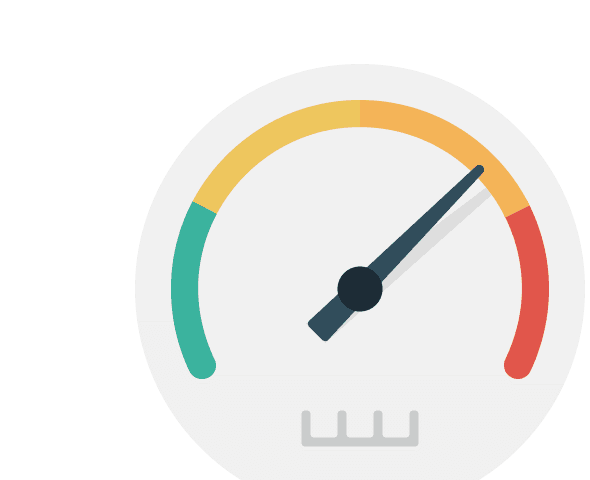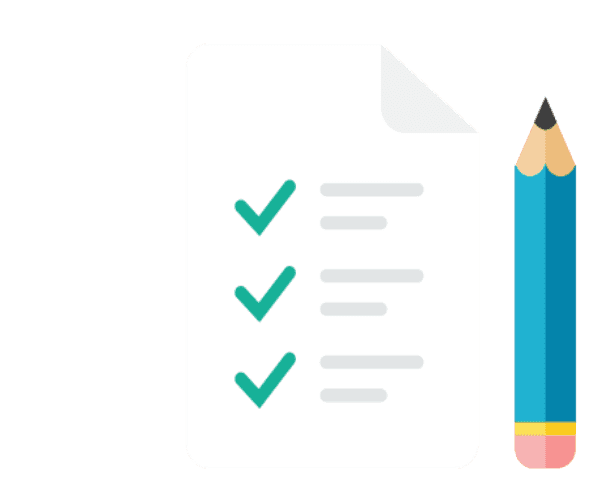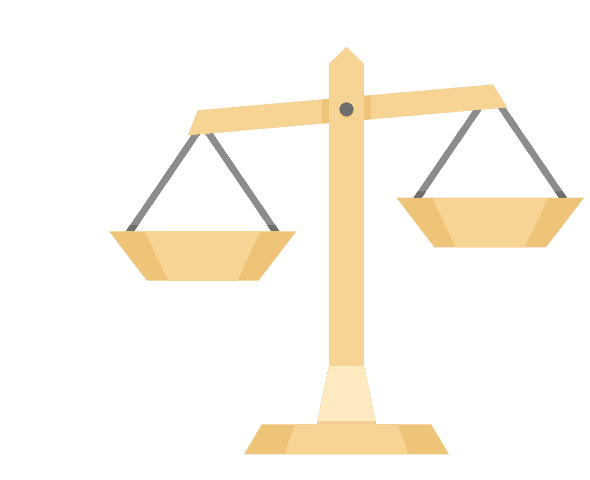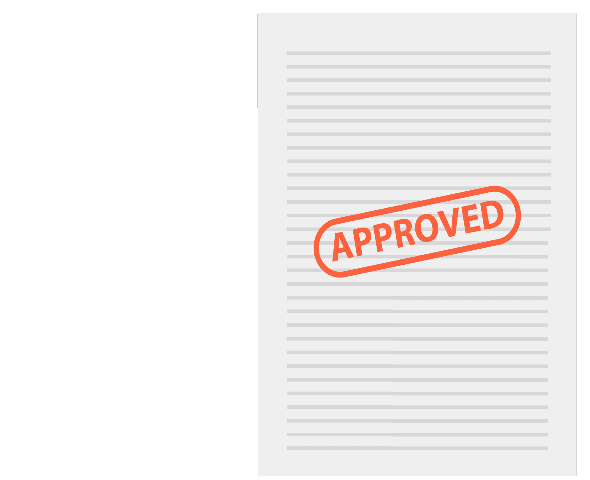As a new homeowner, there are likely a hundred things on your mind and an endless list of tasks to do – but don’t worry, you’re not alone! If you’re buying a home for the first time, you may not be familiar with the carrying costs associated with this purchase. To avoid any surprises once you get those keys, here is a breakdown of what these monthly expenses are and an estimate of what you should budget for.
What are carrying costs?
Carrying costs are the expenses that allow you to maintain your home. These costs are paid in addition to your monthly mortgage payments and should not be confused with closing costs. Depending on where your new home is located and which utilities you use, these monthly costs can vary from one household to the next. Typically, these costs can be upwards of $1,500 per month, which is why it’s key to consider these expenses before you make a buying decision.
1. Property Taxes
Property taxes are used to pay for municipal services such as snow removal, garbage disposal, recycling collection, recreational facilities and road maintenance. This cost is generally paid on a monthly basis (in some cases you can choose to pay annually). The amount of property taxes you pay is based on various factors including the value of your home, its relative value compared to other properties in the neighbourhood, as well as its size, age and location. Since these taxes are based on an individual tax rate each year set by your municipality, it may be difficult to budget for. Nevertheless, they generally amount to 0.50% to 2.50% multiplied by the market value of your home.
Example: If your home is valued at $685,000 and your property tax rate is 1%, then your annual property taxes will be $6,850. If you’re paying this on a monthly basis, you would divide this amount by 12 months for a monthly total of $570.83.
For more information, you can also call your municipal office to get a general idea of the taxes you can expect to pay on your home.
2. Home Insurance
This cost protects your home and its contents against damage, vandalism and theft, as well as if someone is injured on your property. Lenders require proof that you’ve obtained home insurance before approving your mortgage to ensure the property is fully covered against damage or loss. Monthly home insurance payments are known as premiums and are determined by the coverage you need and inherent risk factors.
Some of the factors that determine the cost of home insurance include:
- Your home’s location – do you live near water where flooding could be an issue?
- The neighbourhood in which you live – is it considered a high-risk area for break-ins?
- The construction and age of the home – do you have old wiring that could spark an electrical fire?
- The value of the home and its contents – will the cost of replacing stolen or damaged items be expensive?
3. Utilities
In order to keep your home livable, you’ll need to pay for utilities including hydro, gas and heating. The amount that you pay for each of these utilities depends on a number of factors including the size of your house, the number of people who live in it, whether you have electric or natural gas appliances, the amount you use and the time of year. For example, in the colder months, your heating bill will likely be significantly higher compared to summer months.
4. Cable, Phone and Internet
These costs are dependent on the type of services and packages you have. Oftentimes, if you are using the same provider for all three, you may be able to save money by opting for a bundle package at a discounted rate. Our advice: call around to compare rates and packages to ensure that you’re getting the best offer based on your needs. Not to mention, you should also account for any monthly subscriptions (Amazon Prime, Netflix, Spotify, etc.) that you may have, as this will also impact your monthly budget.
5. Maintenance Fees
Owning a home is a fulfilling accomplishment, but it’s also a huge investment that requires a lot of time and effort to maintain. Landscaping and yard work, home cleaning, roof maintenance, and furnace and air conditioning care are some of the common household maintenance tasks that come with their own costs. Actively maintaining the upkeep of your home will help you reduce some of these costs, however, you may find yourself having to budget for repairs and fixes along the way. We recommend that you keep a considerable amount of money aside to cover both routine and unexpected costs so you’re not left scrambling to pay when something goes wrong in your home.
6. Condo Fees (If you own a condo or townhouse)
If you live in a condo, you’ll likely be required to pay a monthly maintenance fee, which is calculated based on the value of your unit. Every month, a portion of your condo fee – along with all other unit owners – is combined into a reserve fund that’s used for major repairs and renovations in the building. This expense may also go toward the upkeep of shared amenities such as fitness areas, indoor/outdoor pools, lobby and concierge areas, landscaping and cleaning. When you make a condo purchase, you’ll want to determine what those carrying costs are from the get-go so that you can budget accordingly. Typically, condo fees range between $300 to $500 per month, depending on the size of the building and its amenities.
How much will you pay for carrying costs each month?
Let’s say your home in Toronto is valued at $730,000 and you have a $677,367 mortgage with an interest rate of 2% amortized over 25 years. Here is a breakdown of the estimated carrying costs you will have to pay each month.
Carrying Cost | Monthly Payment |
| Property Taxes | $608 |
| Home Insurance | $50 |
| Utilities | $152 |
| Cable, Phone and Internet | $145 |
| Maintenance Fees | Based on individual homeowners’ needs and requirements throughout the home. |
The cost of owning a home involves much more than your monthly mortgage payments. These necessary and recurring expenses must be factored into your budget to ensure you’re not spending beyond your means, before and after you make your home purchase.
Find out your monthly mortgage payment
Now that you understand the costs of homeownership, the next step is to get an idea of what your monthly mortgage payments will be. You can do this by getting pre-approved today so you can start budgeting now and plan for the future. If you’re ready to get started, get pre-approved with us in just five minutes and one of our dedicated Mortgage Advisors will be happy to guide you at every step of the way.









